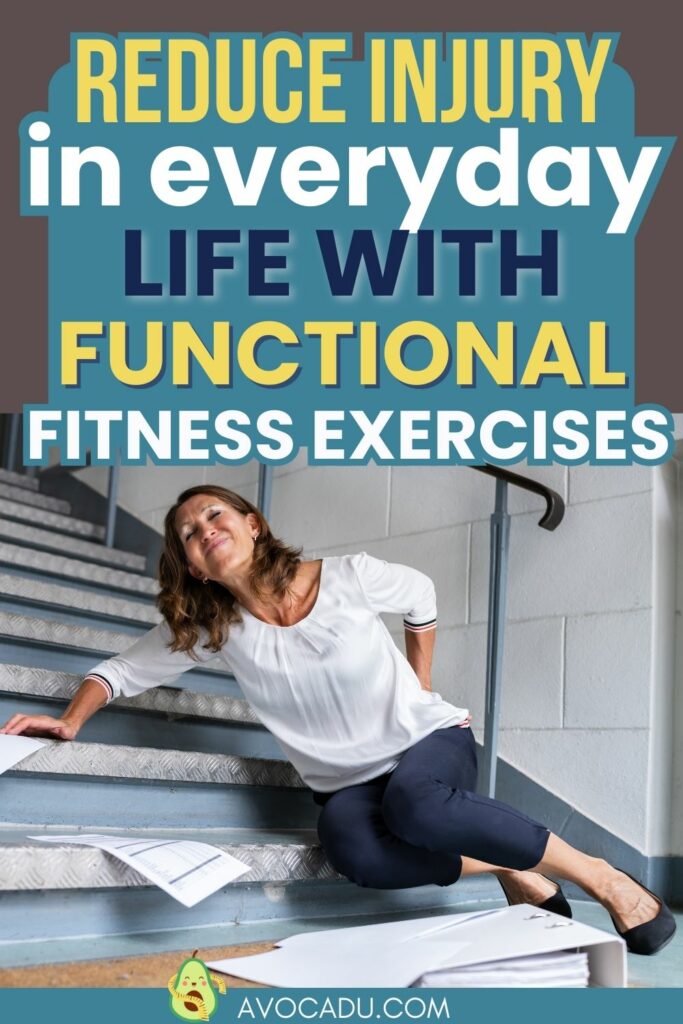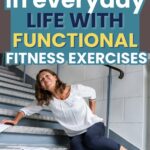Reducing the Risk of Injury with Functional Fitness Exercises
Ever found yourself nursing an injury after a simple activity like lifting groceries or playing with the kids? It’s more common than you think.
Many everyday activities can lead to strains, sprains, and even more serious injuries if our bodies aren’t properly prepared. This is where functional fitness comes into play.
Functional fitness exercises are designed to mimic everyday movements, making you stronger and more resilient. This means that lifting that heavy grocery bag or running after your little one won’t put you at risk of injury.
Functional fitness is about training your body for real-life activities. It helps you move better, feel better, and live a more active, injury-free life.
So, if you’ve ever wondered how to stay fit and prevent those annoying injuries, functional fitness is the answer.

This post may contain affiliate links, which helps keep this content free. Please read our disclosure for more info.
Functional Fitness vs. Traditional Fitness
Understanding the difference between functional fitness and other kinds of fitness is key to seeing its unique benefits:
Traditional Fitness
Traditional fitness typically focuses on isolating specific muscles through exercises like bicep curls, leg presses, or bench presses.
These exercises aim to increase muscle size and strength but often don’t translate directly to real-world movements. For example:
- Bicep Curls: Target the bicep muscle but don’t necessarily improve the functional strength needed for lifting objects in varied positions.
- Leg Presses: Strengthen the legs in a seated position, which is different from the natural movement patterns used in standing, walking, or climbing stairs.
- Bench Presses: Build upper body strength but do so in a lying position, which doesn’t mimic how you use your arms in daily activities.
While these exercises are excellent for building specific muscle groups, they might not enhance the coordinated effort required for everyday tasks.
Functional Fitness

Functional fitness emphasizes whole-body movements that mimic everyday activities. These exercises are designed to improve the way your body functions as a unit, enhancing your ability to perform daily tasks efficiently and safely. For instance:
- Squats: Mimic the movement of sitting down and standing up, engaging multiple muscles and improving balance.
- Lunges: Reflect the natural motion of walking, helping with balance and coordination.
- Push-ups: Simulate the action of pushing open a heavy door or getting up from the ground, engaging the chest, shoulders, and core.
Functional fitness exercises improve your body’s overall coordination and stability, making everyday tasks easier and reducing the risk of injury.
They train multiple muscle groups to work together, just as they do in real life, which helps prepare your body for the diverse movements you encounter daily.
While both types of fitness are beneficial, functional fitness has the added advantage of preparing your muscles and joints for the movements you do every day.
This holistic approach not only builds strength but also enhances balance, flexibility, and endurance, all of which contribute to a lower risk of injury and better overall functionality in daily activities.
Benefits of Functional Fitness
Functional fitness offers numerous benefits beyond just getting fit. Here’s how it can help you:
Improved Daily Performance
Functional fitness exercises are designed to replicate the movements you perform in your daily life. By practicing these movements, you enhance your ability to perform everyday tasks with ease and efficiency.
Whether it’s lifting heavy grocery bags, playing with your kids, or simply moving furniture, functional fitness prepares your body for the physical demands of everyday life. This means less effort and strain when you’re tackling daily chores, leading to a more active and productive lifestyle.
Enhanced Muscle Strength and Flexibility
One of the key benefits of functional fitness is the simultaneous engagement of multiple muscle groups. Unlike traditional exercises that isolate specific muscles, functional fitness promotes a more integrated approach to building strength and flexibility.
For example, a single exercise like a squat targets your legs, core, and lower back, all at once. This holistic engagement helps you build more balanced muscle strength and flexibility, which is essential for performing a variety of activities, from bending and lifting to reaching and twisting.
Better Balance and Coordination

Functional fitness places a strong emphasis on movements that require balance and coordination.
Exercises like lunges, planks, and single-leg stands challenge your stability and improve your proprioception (your body’s ability to sense its position in space).
Better balance and coordination are crucial for preventing falls and maintaining stability during complex movements.
As you practice these exercises, you’ll notice improved control over your body’s movements, making you more agile and less prone to accidents.
Reduced Risk of Injuries
By strengthening multiple muscle groups and improving your flexibility, functional fitness prepares your body to handle various physical stresses. This comprehensive approach helps in reducing the risk of injuries in several ways:
- Muscle Balance: Functional exercises ensure that all muscle groups are developed evenly, preventing the imbalances that often lead to injuries.
- Joint Stability: Strengthening the muscles around your joints enhances their stability and reduces the likelihood of sprains and strains.
- Enhanced Flexibility: Improved flexibility means your muscles and joints can move through a greater range of motion without discomfort, reducing the risk of tears and pulls.
- Body Awareness: Increased proprioception from functional fitness exercises means you’re more aware of your body’s movements, helping you to avoid awkward positions that can lead to injury.
Overall Health and Well-being
Beyond physical benefits, functional fitness also contributes to overall health and well-being. Engaging in these exercises regularly can boost your cardiovascular health, improve your mental health by reducing stress and anxiety, and enhance your overall quality of life.
Functional fitness helps you build a strong foundation that supports a healthy, active lifestyle, ensuring you can enjoy your favorite activities and hobbies with less risk of injury and more confidence in your physical abilities.
Common Functional Fitness Exercises
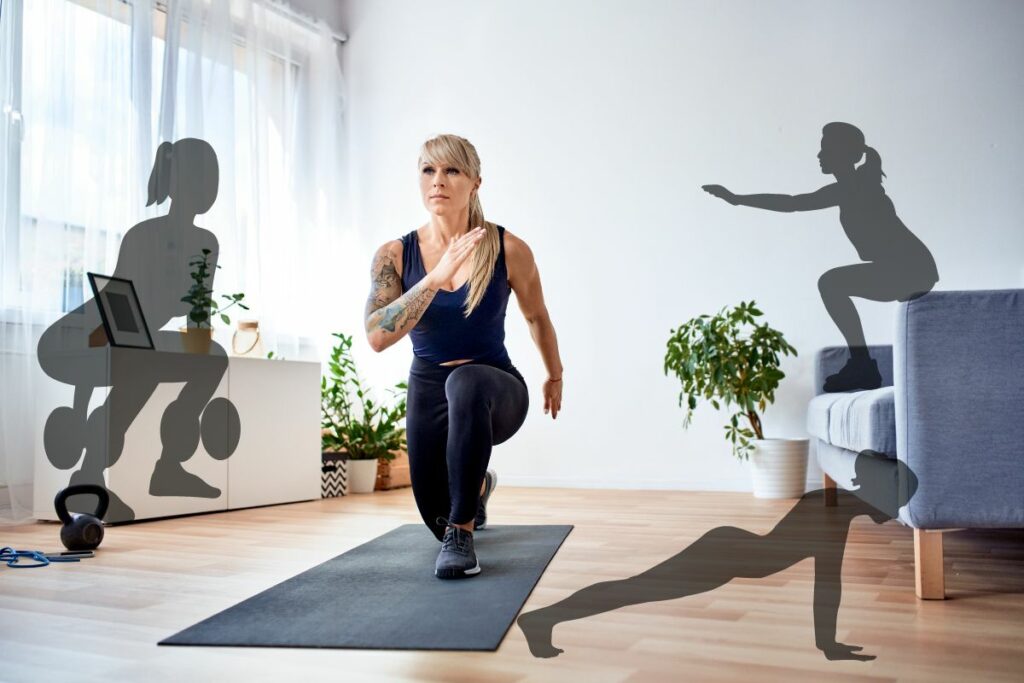
Functional fitness exercises are designed to mimic everyday movements, making you stronger and more efficient in daily tasks. Here are some functional fitness exercises that you can easily incorporate into your routine and how they help in everyday life:
Squats:
- How to Perform: Stand with feet shoulder-width apart, lower your hips back and down as if sitting into a chair, keeping your knees over your ankles and your back straight. Push through your heels to return to standing.
- How It Helps: Builds leg strength and improves your ability to perform daily tasks like sitting and standing, lifting heavy items, and climbing stairs.
Lunges:
- How to Perform: Step forward with one leg, lowering your hips until both knees are bent at about a 90-degree angle. Keep your front knee over your ankle and your upper body straight. Push back to the starting position and switch legs.
- How It Helps: Enhances balance and coordination, making activities like walking, running, and climbing stairs easier and safer.
Push-ups:
- How to Perform: Start in a plank position with your hands shoulder-width apart. Lower your body until your chest nearly touches the floor, then push back up to the starting position. Modify by doing them on your knees or against a wall if needed.
- How It Helps: Strengthens the chest, shoulders, triceps, and core, improving your ability to push heavy objects, lift items overhead, and get up from the floor.
Deadlifts:
- How to Perform: Stand with feet hip-width apart, holding weights in front of you. Hinge at your hips and lower the weights towards the ground, keeping your back straight and knees slightly bent. Lift back up by driving through your heels and engaging your glutes and hamstrings.
- How It Helps: Strengthens the lower back, hamstrings, glutes, and core, crucial for lifting heavy objects safely and reducing the risk of lower back injuries.
Planks:
- How to Perform: Start in a push-up position and hold your body in a straight line from head to heels, keeping your core tight and avoiding sagging your hips. Hold for as long as you can maintain good form.
- How It Helps: Builds core strength, which supports your entire body, improves posture, reduces back pain, and enhances stability for various activities.
Step-Ups:
- How to Perform: Stand in front of a sturdy bench or step. Step up with one leg, followed by the other, then step down. Alternate legs and repeat.
- How It Helps: Strengthens the legs and improves balance, making it easier to navigate stairs and uneven surfaces.
Farmer’s Walk:
- How to Perform: Hold a weight in each hand and walk forward, keeping your core tight and shoulders back.
- How It Helps: Improves grip strength, shoulders, back, core, and legs, enhancing your ability to carry heavy items like groceries or luggage.
Medicine Ball Rotations:
- How to Perform: Hold a medicine ball with both hands and rotate your torso from side to side while keeping your hips stable.
- How It Helps: Engages the obliques, core, and shoulders, improving your ability to twist and turn, which is essential for activities like driving or reaching for items on shelves.
Kettlebell Swings:
- How to Perform: Stand with feet hip-width apart, holding a kettlebell with both hands. Swing the kettlebell between your legs and up to shoulder height, using your hips and core to generate momentum.
- How It Helps: Works the glutes, hamstrings, lower back, shoulders, and core, improving power and endurance for lifting and throwing objects.
Glute Bridges:
- How to Perform: Lie on your back with knees bent and feet flat on the ground. Lift your hips towards the ceiling, squeezing your glutes at the top, then lower back down.
- How It Helps: Strengthens the glutes, hamstrings, and lower back, aiding in standing up from a seated position and supporting the lower back during lifting activities.
Bird Dogs:
- How to Perform: Start on all fours. Extend one arm forward and the opposite leg back, keeping your core tight. Return to the starting position and switch sides.
- How It Helps: Enhances balance, coordination, and core stability, useful for improving posture and reducing the risk of back injuries from prolonged sitting or standing.
Incorporating these functional fitness exercises into your routine can significantly enhance your ability to perform everyday activities with ease and confidence.
They help you build strength, improve balance and coordination, and reduce the risk of injuries, ensuring you stay active and healthy in your daily life.
Tips for Safe Functional Fitness Training
To get the most out of functional fitness while staying safe, keep these tips in mind:
- Warm-up: Always start with a warm-up to get your muscles ready.
- Proper Form: Focus on maintaining proper form to avoid injuries.
- Progress Gradually: Increase the intensity and complexity of exercises slowly to prevent overexertion.
- Listen to Your Body: Pay attention to how your body feels and avoid pushing through pain.
Integrating Functional Fitness into Your Routine
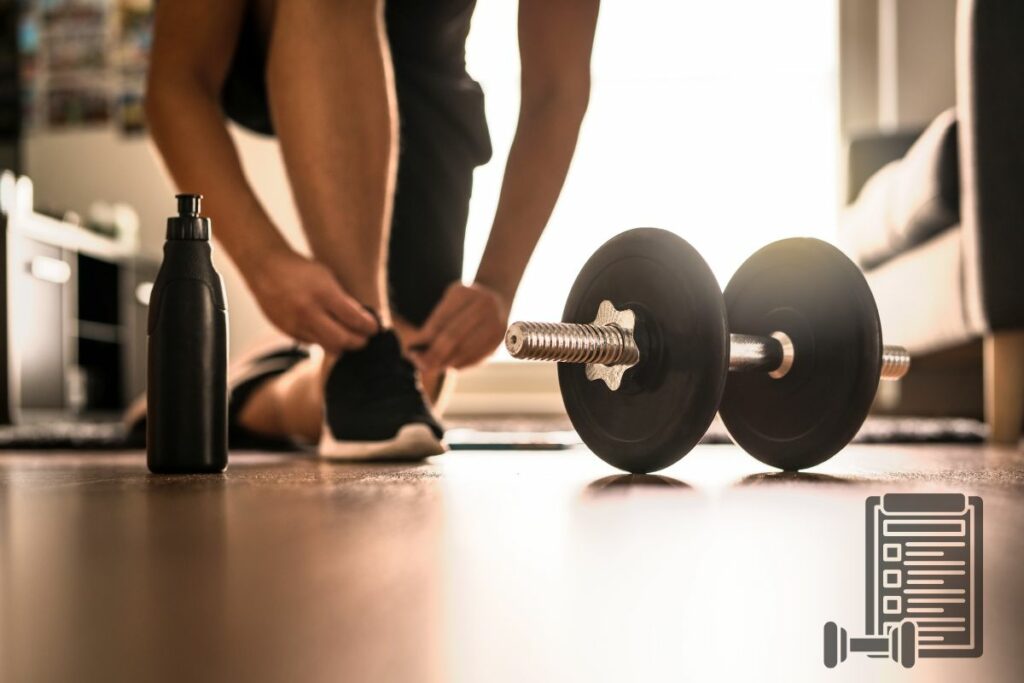
Creating a balanced workout plan that includes functional fitness exercises can be simple and highly beneficial. Here’s how to seamlessly incorporate these exercises into your existing routine:
Start by assessing your current fitness level. Knowing where you stand helps you set realistic goals and choose appropriate exercises.
Perform a self-assessment or consult a fitness professional to evaluate your strength, flexibility, balance, and endurance. This baseline will guide your progress and help tailor your workouts to your needs.
Identify which functional fitness exercises best complement your existing routine. If you’re already doing strength training, consider adding functional movements that engage multiple muscle groups and mimic daily activities.
For instance, if you’re used to doing leg presses, swap in squats or lunges. If bench presses are part of your routine, integrate push-ups or kettlebell swings.
Combine functional exercises with your current workouts to create a well-rounded fitness plan. Functional fitness doesn’t have to replace your current regimen; it can enhance it.
You might start with traditional strength training exercises and follow up with functional movements. For example, after a session of bicep curls and tricep extensions, add in some farmer’s walks or medicine ball rotations to work on grip strength and core stability.
Make sure to schedule rest and recovery days. Functional exercises can be demanding because they often engage multiple muscle groups simultaneously.
Adequate rest is crucial for muscle repair and growth, reducing the risk of overuse injuries. Plan at least one or two rest days each week, or alternate between high-intensity and low-intensity workouts to give your body time to recover.
Incorporate variety to keep your workouts interesting and effective. Functional fitness offers a wide range of exercises, so mix things up regularly.
One day you might focus on lower body exercises like squats and lunges, and another day on upper body movements like push-ups and medicine ball throws.
Adding variety not only prevents boredom but also ensures that different muscle groups are being challenged and developed.
Integrate functional fitness into your daily activities. Beyond structured workouts, look for opportunities to practice functional movements in your everyday life.
For example, squat instead of bending over to pick up items, or practice balance by standing on one leg while brushing your teeth.
These small changes can reinforce the benefits of your workout routine and help you stay active throughout the day.
Set specific goals for your functional fitness. Whether it’s improving your balance, increasing your strength, or enhancing your flexibility, having clear objectives will keep you motivated and focused.
Track your progress and adjust your workouts as needed to ensure you’re continually challenging yourself and making gains.
Seek guidance if needed. If you’re unsure how to integrate functional fitness into your routine or need help with proper form, consider working with a certified personal trainer.
They can provide personalized advice, correct your technique, and help you develop a comprehensive workout plan that aligns with your goals.
By thoughtfully incorporating functional fitness exercises into your routine, you’ll create a balanced, effective workout plan that enhances your overall fitness and prepares your body for the demands of daily life.
This approach not only boosts your physical health but also helps you perform everyday tasks with greater ease and confidence.
Bringing Functional Fitness into Your Life
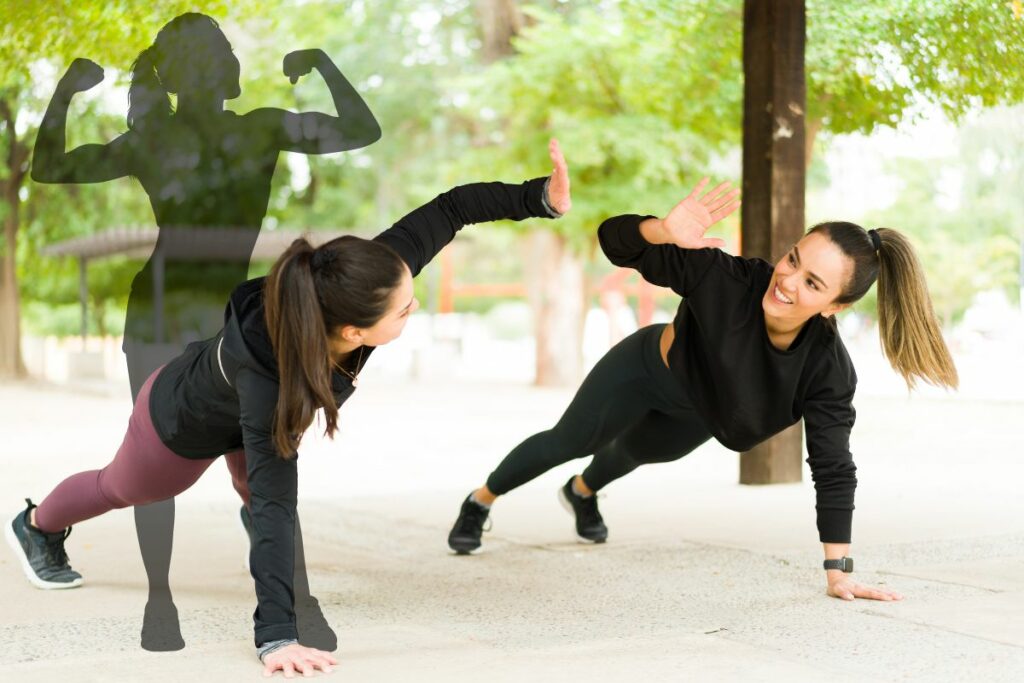
Functional fitness is a powerful way to enhance your daily performance and reduce the risk of injury. By incorporating these exercises into your routine, you’ll build strength, improve flexibility, and increase your overall resilience.
This holistic approach to fitness not only prepares your body for the physical demands of everyday activities but also promotes long-term health and well-being.
So, why not give it a try? Your body will thank you for it, and you’ll enjoy a more active, injury-free lifestyle.
Embrace the benefits of functional fitness and feel the difference in your everyday life.
